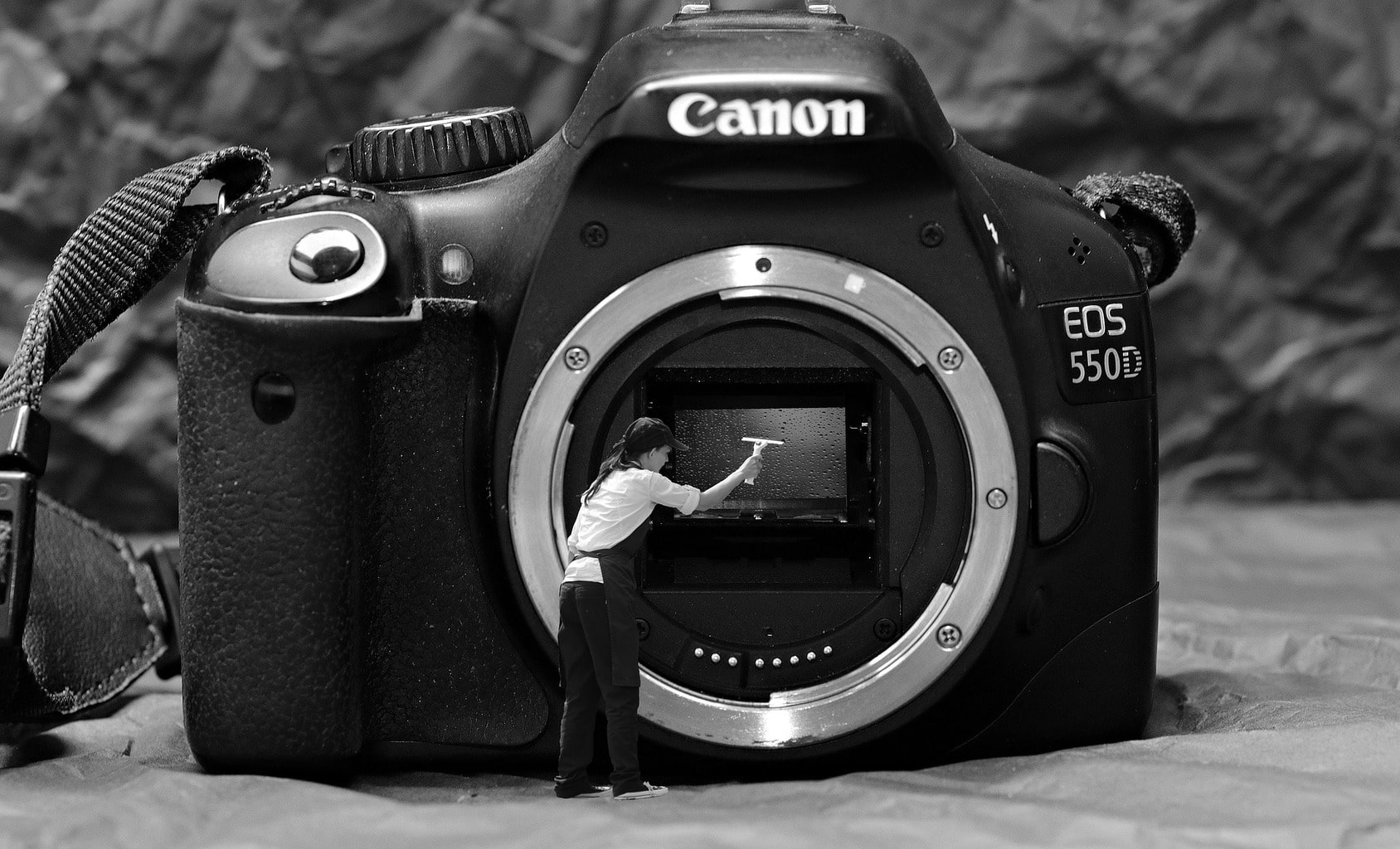Surely by now you already know that one of the variables of what we call the exposure triangle or light triangle is speed . Surely you have also verified for yourself how higher or lower speeds can affect the image; faster speeds, greater ability to freeze movement, and slower speeds, less ability to do so (the movement is imprinted on the image).
So far everything more or less well, right? Now, when we put the word flash in the middle of the equation, it seems that things get more complicated for us So I'm going to try to explain it in the simplest way possible so that you don't run away before starting to read
HOW DOES THE SYNCHRONIZATION BETWEEN THE FLASH AND THE CAMERA WORK?
To understand how the process works, you first need to clarify how the camera shutter works. The shutter of SLR cameras is made up of two curtains placed horizontally (known as focal plane shutter), and they are the ones that when you press the shutter button, open to let light into the sensor.
The process can be divided into 6 parts:

That is, the flash fires when the sensor is open and therefore receiving external light and/or from the flash.
MAXIMUM SYNC SPEED
So far there doesn't seem to be any problem, and generally there isn't as long as we don't go outside of the parameters known as maximum sync speed . Don't be scared, now I'll explain it to you
We've talked about shutter curtains before, right? We have already commented that when you press the shutter, the mirror goes up and the first curtain opens for the time determined by the shutter speed and it is at that moment when the flash fires before the second curtain starts to go up to cover the sensor again .
 The faster the shutter speed, the faster this process needs to be, but there is a maximum speed for this pair of wipes to work with this system and they are all less than or equal to what we know as the maximum sync speed. It is, therefore, the maximum speed at which we can shoot leaving the entire sensor exposed at the moment of firing the
The faster the shutter speed, the faster this process needs to be, but there is a maximum speed for this pair of wipes to work with this system and they are all less than or equal to what we know as the maximum sync speed. It is, therefore, the maximum speed at which we can shoot leaving the entire sensor exposed at the moment of firing the
 flash .
flash .
And you will say, and why is this important? And I'll tell you, imagine a lamp illuminating a table, for example, what happens if we put an opaque object in front of it? We create shadow, right? Well, this is what happens when we leave that sync zone:
By increasing the shutter speed we force our shutter to go faster, but since it mechanically has a maximum speed it can reach, to achieve this, what it does is the second curtain starts to go up before the first curtain reaches the end of the shutter. travel , exposing the sensor through the slot created by the two curtains when moving.
The more speed we need, the narrower this slot will be , since the sooner the second curtain will start to move.
Do you remember that before we mentioned that the flash was triggered when the sensor was exposed? Well, in this case, if we exceed the indicated synchronization speed, there is no time when the sensor is completely uncovered, because the second curtain needs to start moving earlier to satisfy the shutter speed that we have indicated.
So what happens when the flash fires? What happens when you put an opaque object in front of a light source? Well that, a shadow. If you go outside the maximum sync speed while using flash, you will see the shadow of the second curtain on the photo, as it will be moving at the time the flash fires.
The maximum shutter speed is determined by the camera and is usually around 1/250 or 1/200s
HIGH SYNCHRONIZATION SPEED
What to do then if we need a shutter speed higher than the sync speed of our flash? What to do, for example, if we want to shoot outdoors with a lot of light and a large aperture? Very easy, look for the high-speed sync mode (HSS on Canon or Auto FP on Nikon) of our camera
WHAT DOES THE FLASH DO IN THIS MODE?
To solve the shadow caused by the single flash and the blind, what this mode does is not take a single shot, but several , recreating a lighting similar to continuous, which adapts to the movement of the blind and prevents it leaves shadows on the sensor.
Now, this multiple flash system reduces the power of the flash, so its range will be less (we will have to get closer).


